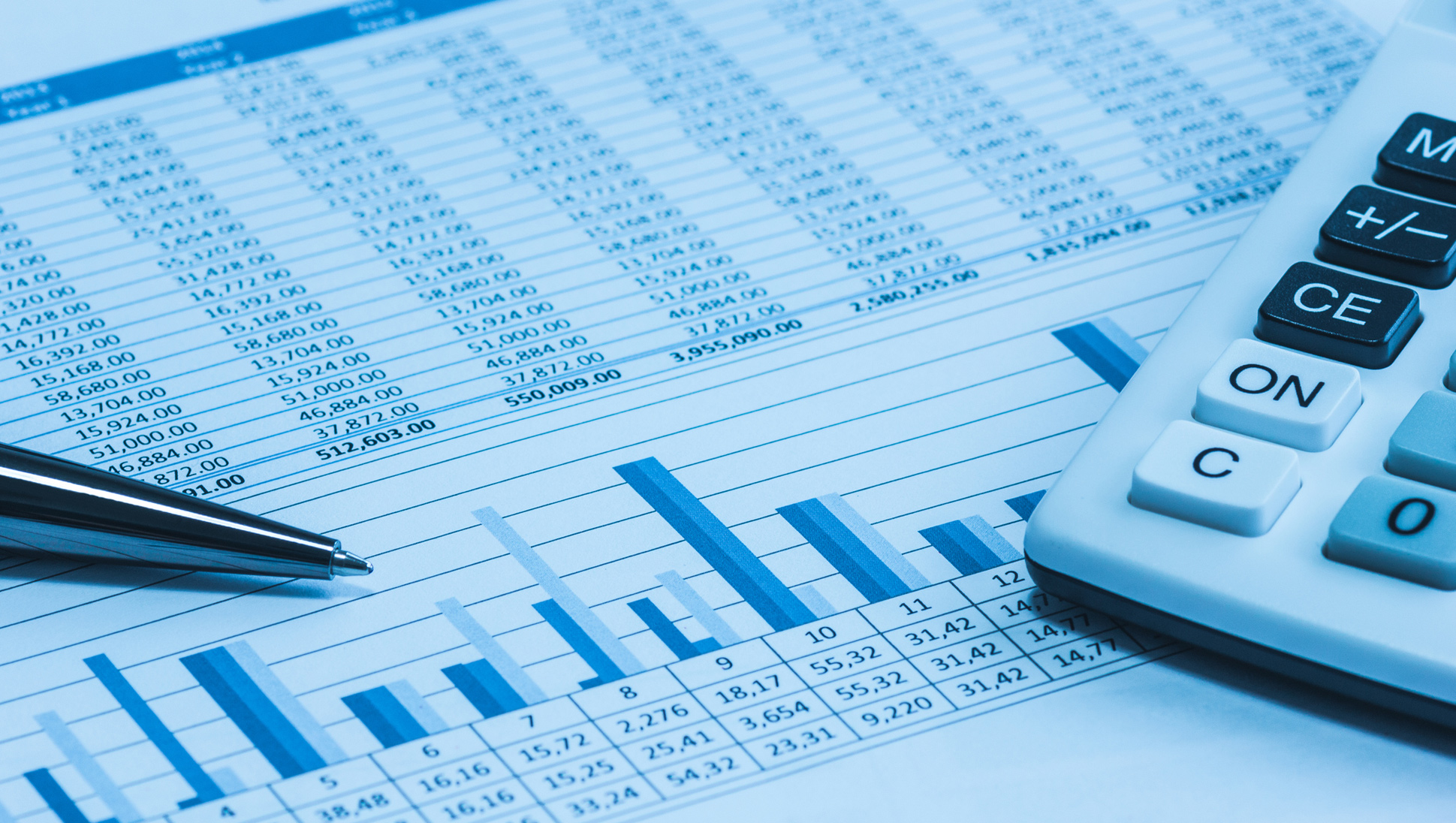
The next step in the general ledger and financial reporting cycle is to prepare an unadjusted trial balance. We discuss the process of balancing the account in our post on balancing off accounts. GL Month End ClosingĪt the month end the difference between the total debits and the total credits on each account represents the balance on the account.
#Bookkeeping pdf#
Only the final three columns debit, credit, and balance include monetary amounts and for this reason the format shown is referred to as a 3 column general ledger.Ī sample GL ledger paper in PDF format is available for download here.
#Bookkeeping code#
The name of the account ‘Electricity Expense’ and its account code 640 are also shown in the heading. The example shows the electricity expense account which is on page 21 of the ledger. General Ledger Sample FormatĪ typical general ledger sheet includes columns for date, description, journal reference, debit, credit, and balance as shown in the example below. Our special journals to general ledger entries post shows examples of typical GL postings. This updating process is referred to as posting the general ledger. The business updates the ledger by copying each of the entries in the books of prime entry to the appropriate account in the ledger. In the above table the general ledger expense accounts group has the range 600-799, so as an example the electricity expense might have the code 640.


General Ledger Chart of Accounts Numbering System Account

The table below shows an example of a three digit general ledger numbering system. To avoid unnecessary posting errors it is important to keep the number of ledger accounts to a minimum. General Ledger Account NumbersĪppropriate use of general ledger account numbers allows the business to easily identify accounts and enables the posting and journalizing of double entry bookkeeping transactions and production of the trial balance and financial statements. the ledger for a small business does not need as many accounts as a large corporation, a service business does not need inventory accounts etc.
#Bookkeeping full#
The full GL account codes list known as the chart of accounts will depend on the type and size of the business, i.e. Of course equity includes capital, revenue, expenses, gains, losses, drawings, and retained earnings, so the ledger must at least include GL account codes for each of these groups. The ledger contains accounts for all items listed in the accounting equation, i.e. Postings to the general ledger come from the books of prime entry and the ledger is therefore sometimes known as the book of final entry or the book of secondary entry. The purpose of the general ledger book is to provide a permanent record of all financial transactions and balances classified by account.

The general ledger (GL) is the main ledger and contains all the accounts a business uses in its double entry bookkeeping system.


 0 kommentar(er)
0 kommentar(er)
